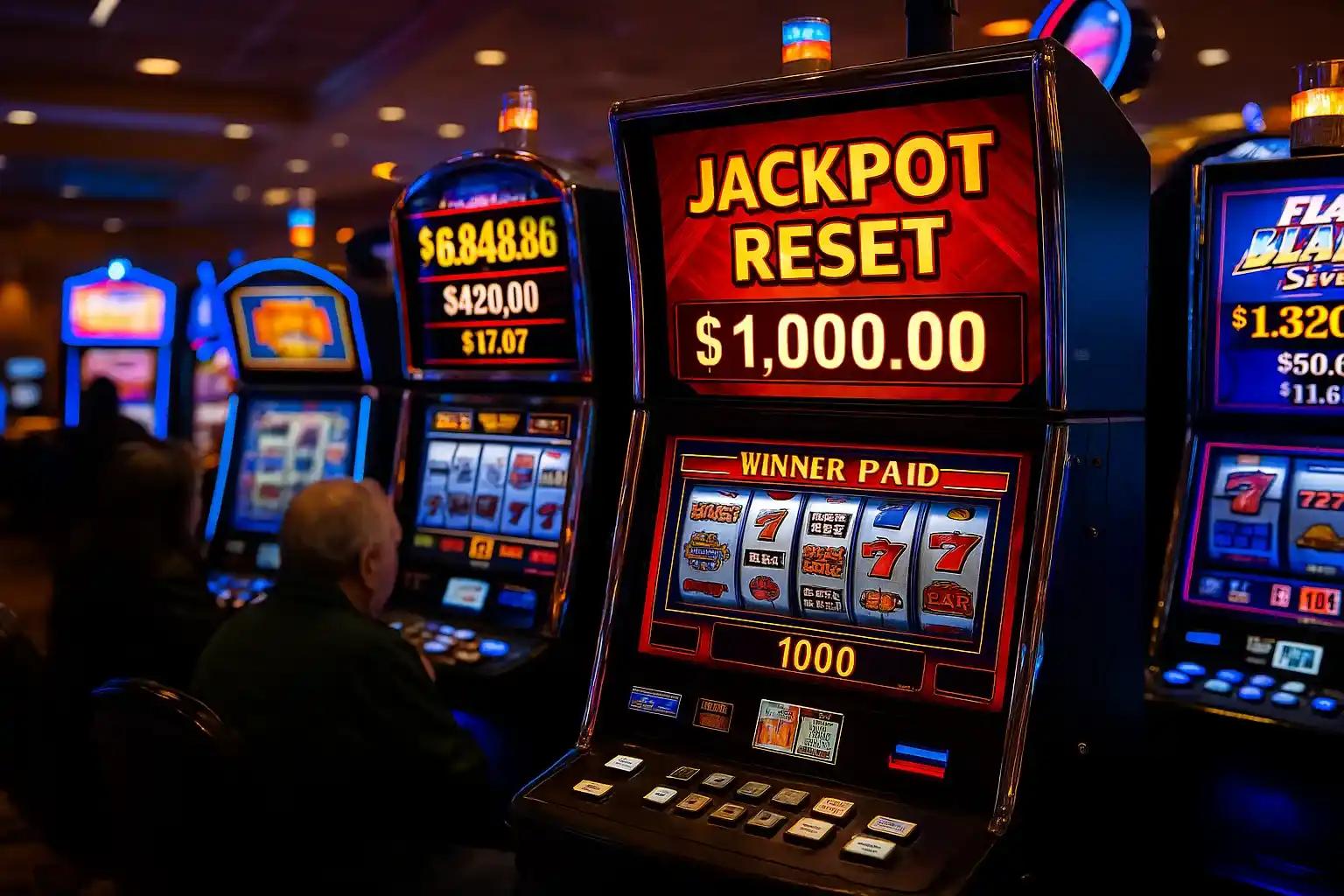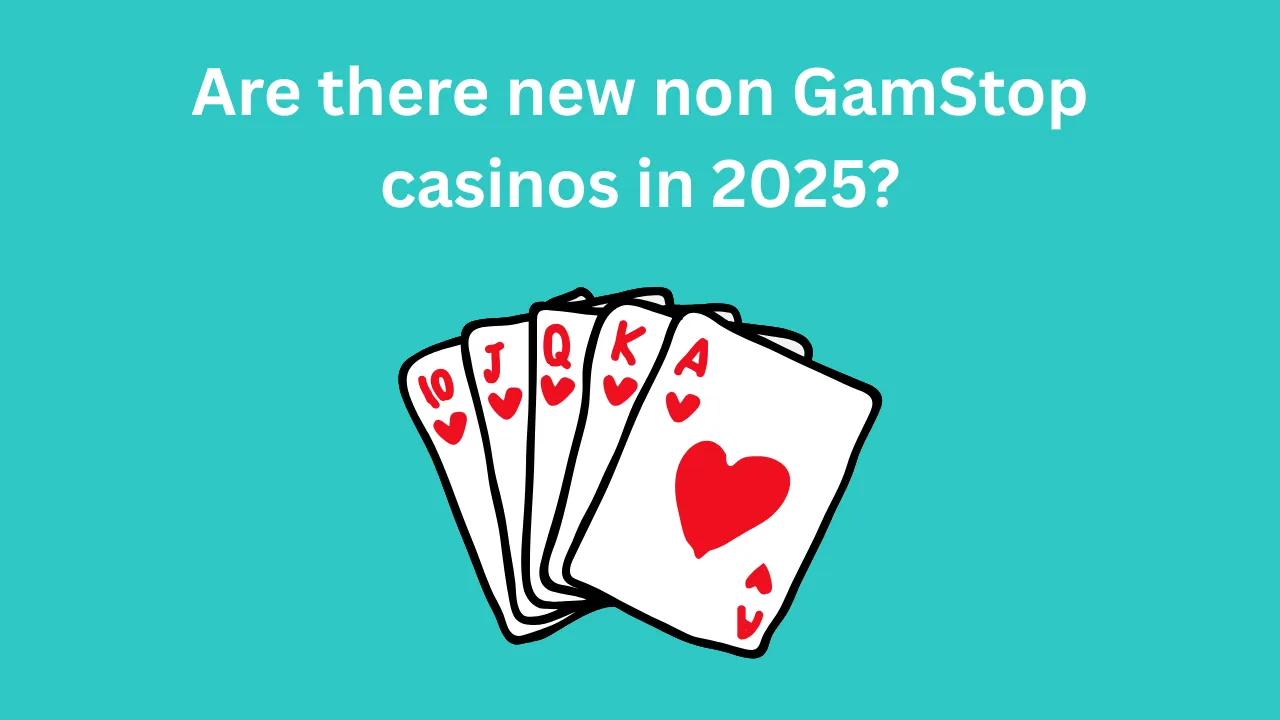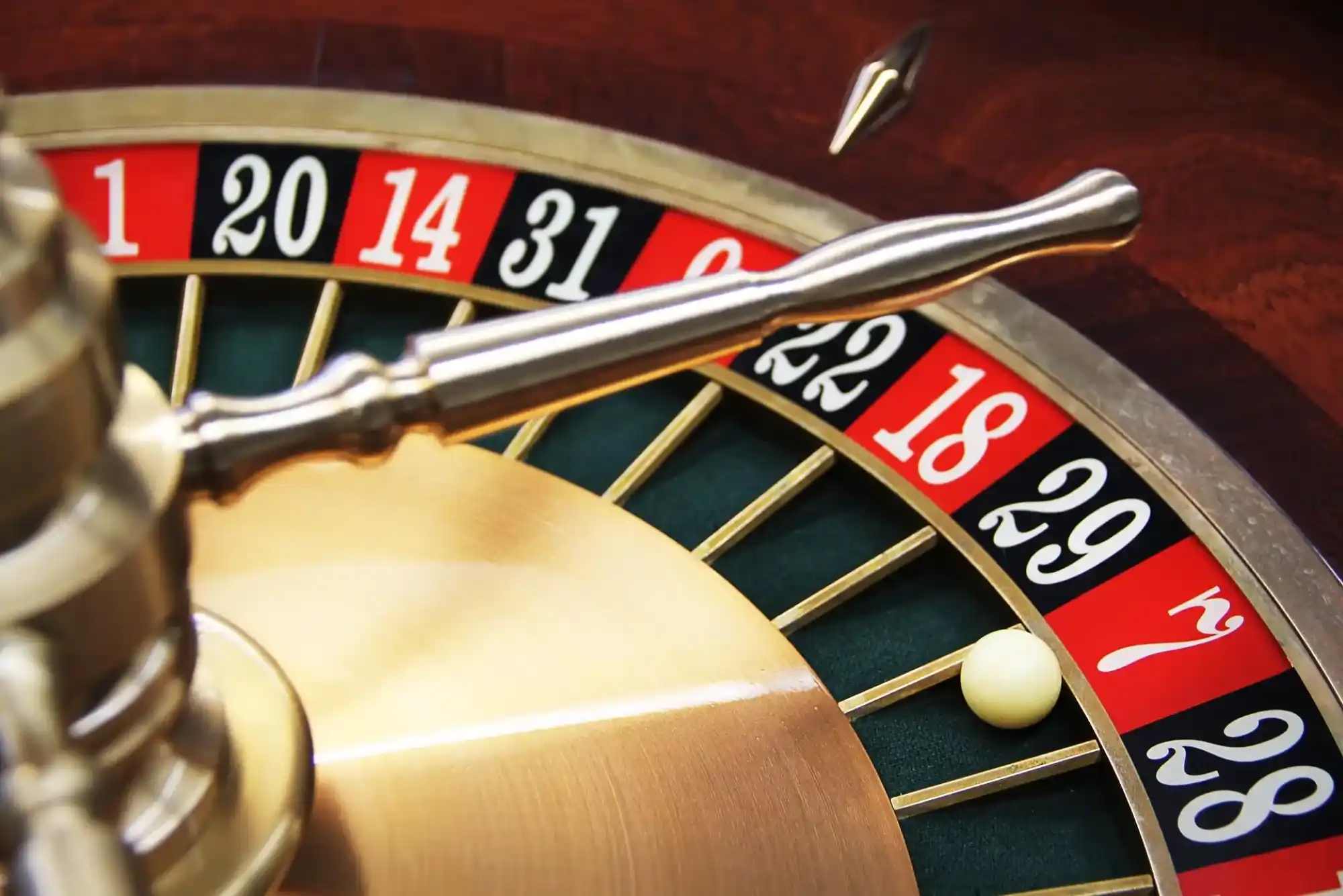Progressive jackpot slot machines are a thrilling component of modern casinos. You spin the reels hoping to land that once-in-a-lifetime win, watching the digital counter climb higher with each play. But have you ever wondered what happens when that counter resets? Jackpot resets are more than just a technical necessity—they have real implications for your potential payouts. Drawing on industry knowledge, player anecdotes, and mathematical analysis, this article explores exactly how resets influence the prizes you chase.
Understanding Jackpot Resets
A jackpot reset occurs when a progressive jackpot is won or when a casino decides to adjust the prize amount. At that moment, the displayed jackpot value returns to a predetermined base level, often called the seed amount. This mechanism ensures the jackpot can start growing again for future winners.
Why Jackpots Reset
Jackpots reset for two main reasons. First, to distribute the enormous sum to a lucky winner. Second, casinos occasionally reset the jackpot lower—though never below the seed amount—to align with marketing strategies or regulatory requirements. These resets can affect the expected return for players over time.
The Casino’s Perspective
From the casino’s standpoint, maintaining a pumping jackpot meter drives excitement and foot traffic. A towering jackpot figure draws players in, while a reset signals a fresh opportunity. That psychological cycle—anticipation, win, reset, rebuild—keeps players engaged and returning to their favorite machines.
The Mechanics Behind Payout Variations
When a jackpot resets, the immediate effect is that the next winner receives only the seed amount, rather than the monster figure the previous player claimed. However, the long-term math tells a more nuanced story.
Seed Amount vs. Progressive Pool
The seed amount might be $500 or $1,000, depending on the machine. Each spin contributes a tiny percentage—often 1% or less—toward the progressive pool. When the jackpot resets, that pool has to build back up from scratch. Players spinning immediately after a reset are effectively buying into a jackpot that has far less built up.
Impact on Expected Value
Expected value (EV) represents the average amount a player can expect to win per spin, factoring in the odds and jackpot size. When the pool is low, the EV is slightly diminished. Conversely, as the jackpot grows larger, the EV edges upward, making late-stage bets on a high-value meter mathematically more attractive. Savvy players track reset cycles to time their plays when the potential reward justifies the risk.
Real-World Implications for Players
It’s one thing to grasp the theory, but how does a jackpot reset change your actual play experience? Let’s break down some practical effects.
Short-Term Payout Differences
If you hit the jackpot immediately after a reset, you walk away with only the base amount. By contrast, waiting for the meter to climb results in a significantly larger payoff. For example, hitting a $1,000 seed jackpot feels far less thrilling than winning after it’s grown to $50,000.
Timing Your Play
Experienced gamblers often watch jackpot meters across sessions. After a reset, they might switch to other games or tables until the figure reaches an attractive threshold. This approach maximizes their chance of securing a big win when the potential payout is highest—though it also requires discipline to walk away after a reset rather than “chasing losses.”
Case Studies: Casinos Not on GamStop and Jackpot Resets
Although most regulated casinos abide by strict rules around jackpot disclosures, some casinos not on GamStop operate under different oversight. These sites, popular in certain circles for their fewer self-exclusion restrictions, may handle jackpots and resets in distinct ways. If you’re considering such platforms, be aware that their reset policies can vary—and clarity around seed amounts and growth rates might not be as transparent. For more on this option, see casinos not on GamStop.
Regulatory Considerations and Fair Play
Ensuring a fair and transparent reset process is critical for both casino integrity and player trust. Gaming commissions in jurisdictions like Nevada and Malta require that all reset mechanisms and jackpot contributions be clearly detailed in official game rules.
Audit Trails and RNG Verification
Regulators mandate periodic audits of the underlying random number generators (RNGs) and payout cycles. These audits confirm that resets occur only after legitimate wins and that no hidden adjustments undermine the jackpot pool.
Player Protections
Many casinos now display seed amounts, contribution percentages, and approximate hit frequencies directly on the machine or in the game’s help menu. This transparency allows players to make informed decisions about when to play.
The Psychological Impact of Resets
Beyond the math and regulations, jackpot resets have profound psychological effects on players and the casino floor atmosphere.
The Thrill of the Chase
Watching a jackpot grow is inherently exciting. When that counter resets, it can evoke disappointment, but also a renewed sense of opportunity. Casinos harness this roller-coaster dynamic to sustain engagement.
Avoiding the Sunk Cost Fallacy
After a reset, some players continue to spin, hoping for the same chance they nearly missed. This is the sunk cost fallacy in action—throwing good money after bad. Awareness of reset cycles helps mitigate this bias, encouraging smarter play.
Strategies for Managing Reset Cycles
While you can’t control when a jackpot resets, you can adapt your approach to wagering and bankroll management.
Tracking and Patience
Note when a jackpot resets and record how long it takes to reach certain milestones. Over time, you’ll notice patterns—roughly how many spins are needed to hit significant thresholds. Use this data to choose optimal play windows.
Diversifying Machine Selection
If you arrive just after a reset, consider switching to another machine whose jackpot is higher or closer to being hit. This reduces time spent on low-yield cycles and keeps your spending aligned with potential returns.
Looking Ahead: Innovations in Progressive Jackpots
As technology evolves, so too will progressive jackpots and their reset mechanisms.
Networked Jackpots
Some casinos link machines across multiple venues, creating massive shared jackpots. Resets in these networks might occur only when a combined pool is won, meaning resets are rarer but more impactful. Payouts in these systems can dwarf single-machine jackpots.
Dynamic Seed Adjustments
Future regulations may allow casinos to adjust seed amounts dynamically, based on player traffic or promotional events. This could lead to more frequent but smaller resets, or conversely, larger seed amounts after high-volume periods.
Conclusion
Jackpot resets are an integral part of progressive slot mechanics, balancing prize distribution with ongoing player engagement. While resets temporarily reduce the potential payout to the base seed amount, they also signal the start of a new growth cycle—offering fresh excitement for everyone on the casino floor. By understanding the math, monitoring reset patterns, and adapting your strategy, you can navigate these cycles more effectively and maximize your enjoyment (and your chance at a big win).








